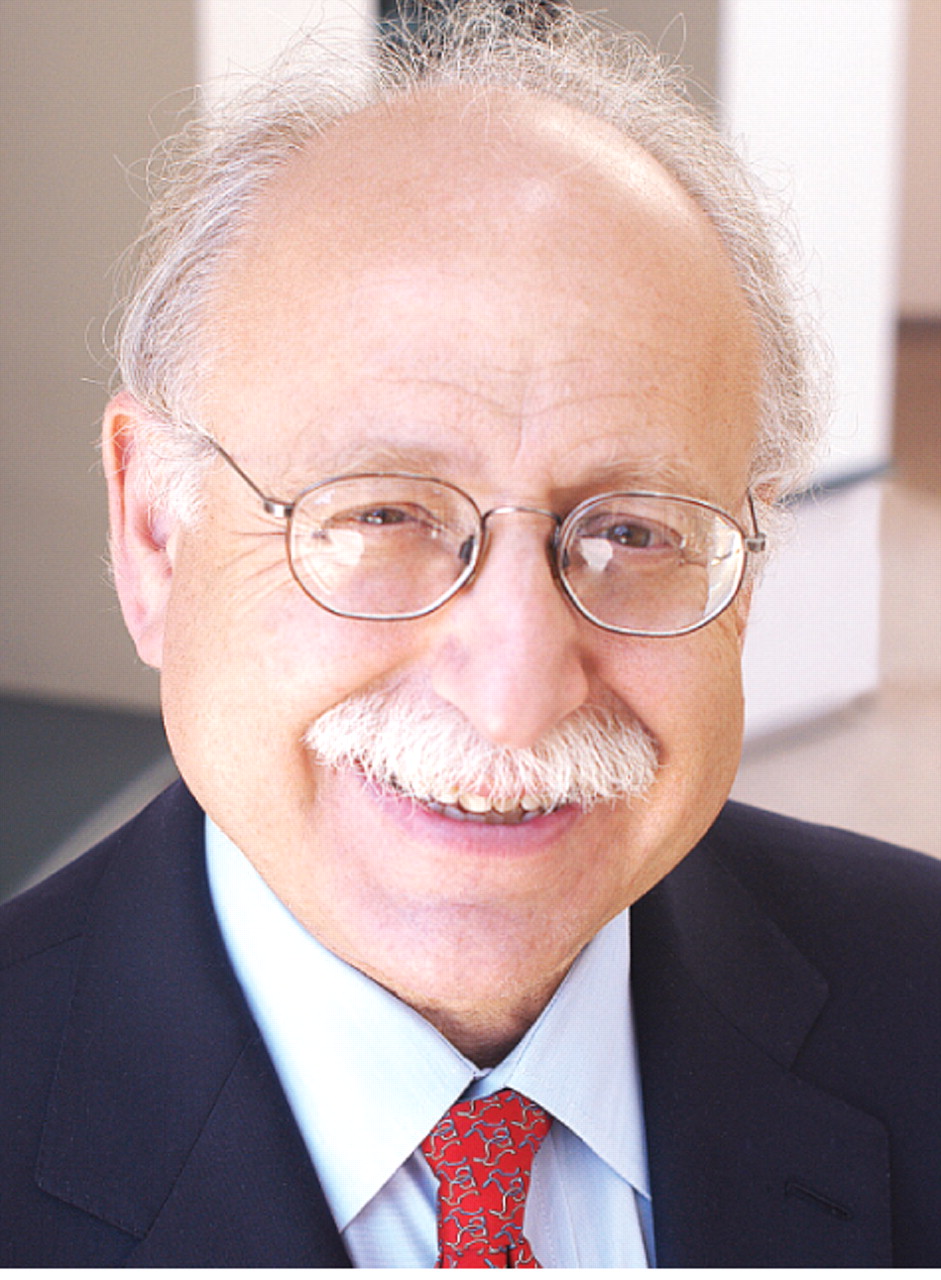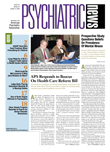In early September, we held our components and Board of Trustees meetings in Washington, D.C. As we have explained in previous columns, we are now functioning under a new component structure resulting from the reorganization efforts begun by Dr. Nada Stotland when she was president.
The new structure is certainly leaner and expected to be more efficient, although obviously only time will tell. As we have reported, we now have nine councils (reduced from 14) and some 14 committees (reduced from some 73).
Holding the Board meeting at the same time as the council meetings allowed Board members and council chairs to interact around key topics. In the last issue, I reported on the utility of this in discussing how we have dealt with health reform and policy decisions.
While the reorganization was instituted for efficiency reasons, the component meetings had about 220 attendees in contrast to previous years' attendance of about 500 to 600. This has resulted in a major savings for APA and allowed us to have the component meetings within the markedly reduced budget that the Board had approved.
Dr. Carol Bernstein, our president-elect; Dr. Jay Scully, our medical director; staff Margaret Dewar; and I were able to have a breakfast meeting with the council chairs to review how the council meetings were going, coordinate efforts between councils, and discuss reviewing the new structure for possible modification. Dr. Bernstein is heading a new task force that will continue to work on governance issues, and that group will promulgate the mechanisms for considering possible revisions, including reinstating some committees.
The Board of Trustees meeting focused on several key issues. As previously reported to you, health care reform was a major topic, and we formally voted on supporting HR 3200, including a public option as long as physicians can opt out of participating (see
APA Board Takes Stance on Health Reform Proposals). The bill certainly has pluses and minuses, but its positions on mental health are favorable to psychiatry and our patients, and it was the opinion of the Council on Advocacy and Government Relations and the Board that we support it. As you all know, the issues are still in debate, and our position allows us to be a participant in the discussions.
A second major topic was how to deal with the pharmaceutical industry. To aid in the discussion, we heard a panel that included Dr. Tom Stossel, a renowned cancer researcher at Harvard and an advocate for working with industry; Dr. John Hayes, a vice president of Eli Lilly and Co. and a member of the board of our American Psychiatric Foundation; and Dr. Sid Weissman, who is going to head a Board task force on the issue. The session covered a great deal of ground and highlighted many benefits of working with industry that we need to be mindful of, particularly the dissemination of information regarding new or about-to-be released products that could be innovative and have a tremendous impact on patients' lives. We look forward to hearing from Sid's task force over the next months.
A third key issue had to do with further reorganizing APA's overall structure. As you may know, APA consists of four not-for-profit entities. They include APA itself—which is a so-called 501(c)(6) corporation that does the day-to-day business of the membership—and three 501 (c)(3) organizations that are in essence foundations that perform certain tasks; these include American Psychiatric Publishing Inc., the American Psychiatric Institute for Research and Education, and the American Psychiatric Foundation.
Each of these entities has its own governance structure with separate boards that meet several times of year. The (c)(6) APA Board appoints the members of the affiliate boards. Because some of APA's officers serve on these affiliate boards, some of us have as many as 12 board meetings a year.
Another aspect of the arrangement that has caused some problems has to do with transfer of funds for programs. The (c)(6) can provide funds to the (c)(3) organizations and does so, but the reverse is significantly restricted under federal law. Many medical organizations have a (c)(3) and (c)(6) arrangement to their structure, but we are unusual in having three (c)(3) organizations. The cost of maintaining this complicated structure is high and inefficient, the transfer of funds is cumbersome, and the structure no longer serves APA or its members. Thus, the Board of Trustees decided to begin consolidating these organizations and to look at switching some functions between them and the (c)(6). This will allow for greater flexibility, lower cost, and greater efficiency. The decision to consolidate was reached at the September Board meeting, but the Executive Committee had discussed it for over a year, working with consultants and legal counsel. We believe this new overall structure will better serve all of you. We will be reporting to you details and progress as the process moves along. ▪

